Japanese saws—nokogiri—have long been favored by boatbuilders. Because they cut on the pull stroke, they can be made thinner, which makes the kerf smaller and the sawing easier. There are several types of Japanese saw, each for different purposes. My favorite has been the kataba, meaning “cutting on one side,” a small saw with a long rectangular blade. My first kataba saws had fixed blades set in wooden handles wrapped in rattan. The later versions had removeable blades, which was handy for storing the saw and for replacing the blade, but not while using the saw and needing to put it safely away between tasks. Extended, the Woodboy is 22" long. The blade is in the straight position. A second setting angles the blade up from the line of the cutting edge. Photographs by the author
Photographs by the author
Join The Conversation
We welcome your comments about this article. To include a photo with your remarks, click Choose File below the Comment box.

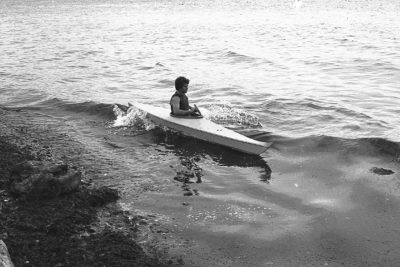
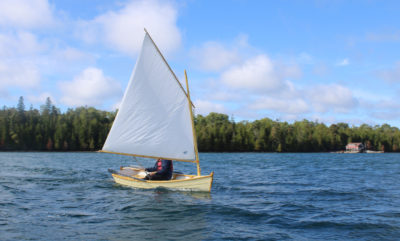
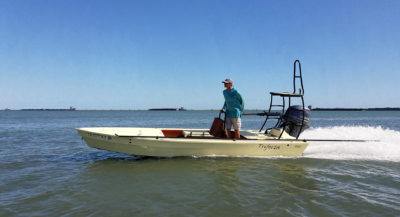
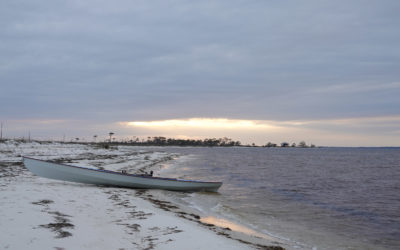
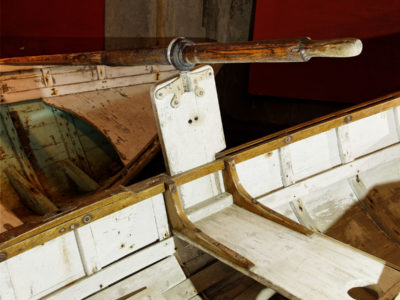
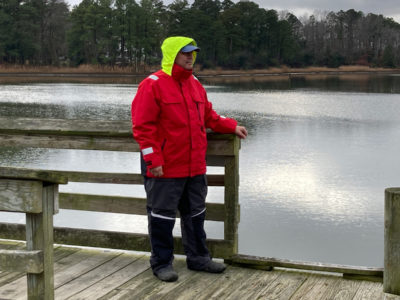
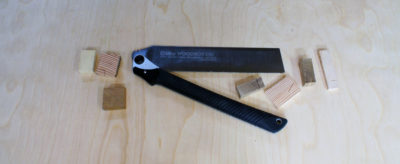

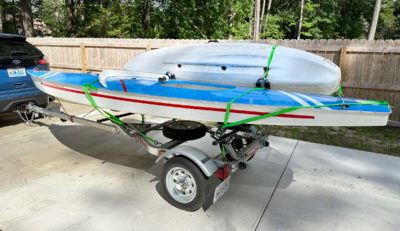
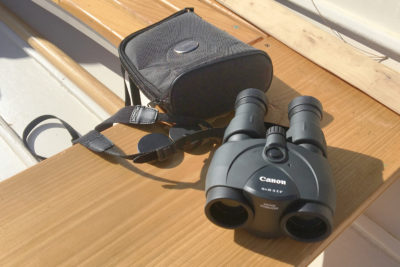
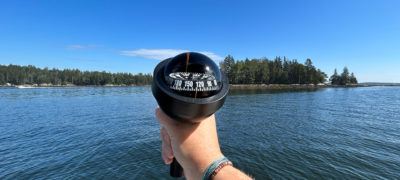
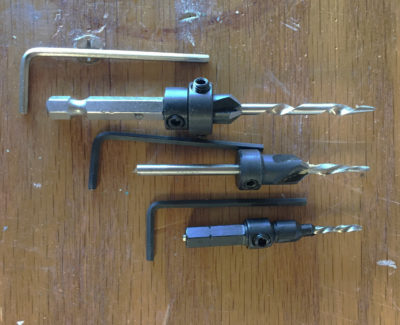
I’m confused. The title of this article refers to “A sturdy hatchet and a fine-toothed saw,” but the word “hatchet” doesn’t ever appear in the body of the article. Help?
That’s my mistake. I have both the saw and the hatchet, and initially thought I’d review both in the same article. I changed my mind when there was enough to say about the saw to fill the usual space for a gear review. I’ll review the hatchet in a future issue. I’ve fixed the subtitle.